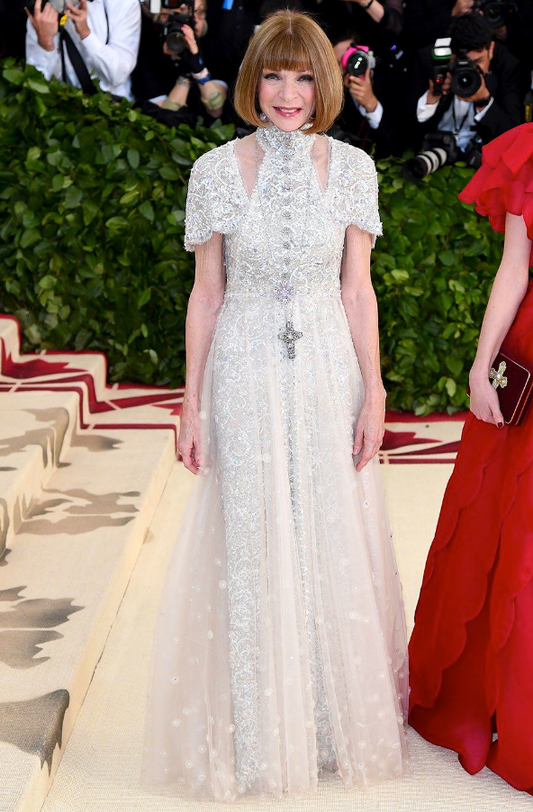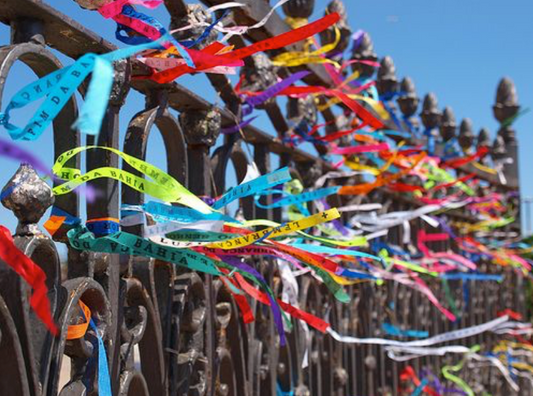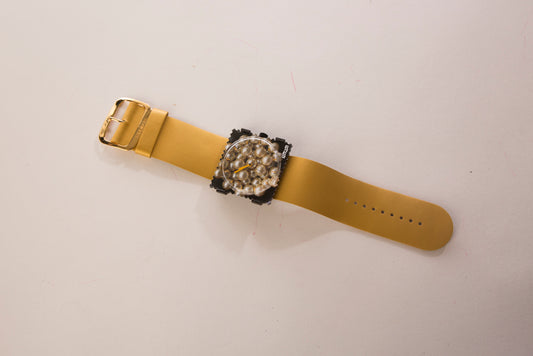Blog Posts
Share information about your brand with your customers. Describe a product, make announcements, or welcome customers to your store.
talkingfashion

Amulets: Jewelry for All
Amulets: Jewelry for All by Morgan Watkins Arguably the oldest form of jewelry known to man, the amulet is a timeless accessory that was loved and worn by many. This jewelry...
Amulets: Jewelry for All
Amulets: Jewelry for All by Morgan Watkins Arguably the oldest form of jewelry known to man, the amulet is a timeless accessory that was loved and worn by many. This jewelry...

Faith & Fashion
Faith & Fashion by Morgan Watkins Although styling looks with religious jewelry is not a new concept, it seems to be having a major moment in the fashion universe. The...
Faith & Fashion
Faith & Fashion by Morgan Watkins Although styling looks with religious jewelry is not a new concept, it seems to be having a major moment in the fashion universe. The...
Gift Giving 101: The History of the Custom and ...
Gift Giving 101: The History of the Custom and How to Be a Good Guest By Paige McKirahan ‘Tis the season for giving; whether you are the giver or...
Gift Giving 101: The History of the Custom and ...
Gift Giving 101: The History of the Custom and How to Be a Good Guest By Paige McKirahan ‘Tis the season for giving; whether you are the giver or...
Fashion’s Favorite Gifts
Fashion’s Favorite Gifts By Paige McKirahan Hello TalkingFashion lovers! It is finally December; since its the season of giving, we feel that there is nothing better to give or...
Fashion’s Favorite Gifts
Fashion’s Favorite Gifts By Paige McKirahan Hello TalkingFashion lovers! It is finally December; since its the season of giving, we feel that there is nothing better to give or...

History of the Watch: A Timeless Timekeeping Ac...
The Watch: A Timeless Timekeeping Accessory By Paige McKirahan The neverending passage of time is what that we base all of our daily schedules on; from sleep to work...
History of the Watch: A Timeless Timekeeping Ac...
The Watch: A Timeless Timekeeping Accessory By Paige McKirahan The neverending passage of time is what that we base all of our daily schedules on; from sleep to work...
Metallic’s Glimmering Fashion History
Metallic’s Glimmering Fashion History By Paige McKirahan From the eye catching metallic jumpsuits of the ‘70s to the glimmering casings of the latest iPhones, metal motifs have been loved...
Metallic’s Glimmering Fashion History
Metallic’s Glimmering Fashion History By Paige McKirahan From the eye catching metallic jumpsuits of the ‘70s to the glimmering casings of the latest iPhones, metal motifs have been loved...
